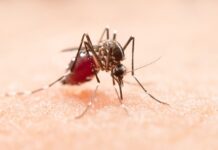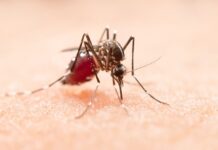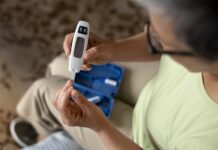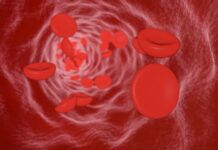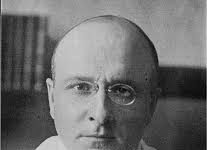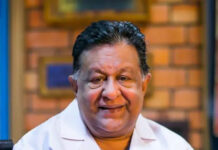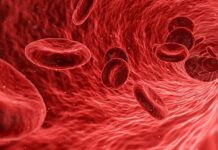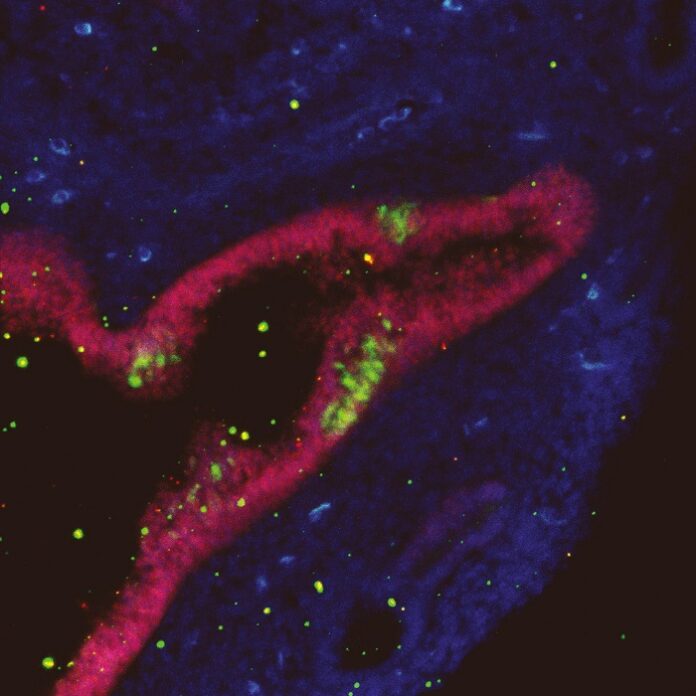In a groundbreaking discovery, researchers have identified a new type of neural stem cell (NSC) located outside the central nervous system (CNS). This finding, led by Hans Schöler from the Max Planck Institute for Molecular Biomedicine in Münster, overturns long-held beliefs in neuroscience and opens exciting possibilities for treating neurological diseases. The study appears in Nature Cell Biology.
A Serendipitous Discovery Rooted in a Retracted Study
The discovery has its roots in a controversial 2014 publication on stimulus-triggered acquisition of pluripotency (STAP), which claimed that exposing somatic cells to low pH could induce pluripotency. Although the study was later retracted after failed replication attempts, Schöler’s team explored its methods further. To their surprise, Dong Han and Schöler managed to isolate a rare population of cells from tissues near the CNS that exhibited the properties of neural stem cells. These newly discovered cells are now called peripheral neural stem cells (pNSCs). Researchers found them in various mouse tissues, including the lung and tail. Once identified, the researchers realized that low pH treatment was not necessary to cultivate them.
pNSCs Mirror Brain-Derived NSCs in Function and Form
An international consortium of researchers from over 10 laboratories conducted an in-depth analysis of pNSCs. They confirmed that these peripheral cells closely resemble traditional brain NSCs in morphology, self-renewal, and differentiation abilities. pNSCs express specific NSC markers and exhibit transcriptional and epigenetic profiles that align with brain-derived NSCs. Moreover, during both embryonic and postnatal development, many pNSCs migrating from the neural tube differentiated into mature neurons and, to a limited extent, glial cells.
Challenging Dogma and Expanding Regenerative Potential
This discovery challenges a long-standing belief in neuroscience that NSCs are confined to the CNS. Furthermore, because brain tissue is difficult and ethically complex to access, the ability to derive NSCs from non-CNS tissues presents a more practical and scalable approach for research and therapy. According to Schöler, “This was the longest-running project of my career. Although we initially aimed to replicate the STAP findings, we instead uncovered a completely new class of neural stem cells.”
Implications for Regenerative Medicine and Neurological Therapies
As reported by medicalxpress, the study highlights the therapeutic promise of pNSCs. If similar cells exist in humans, they could revolutionize treatments for neurodegenerative diseases and spinal cord injuries. Researchers have already shown they can propagate these cells indefinitely in mice. Lead researcher Dong Han noted, “Accessible peripheral neural stem cells could provide a new avenue for neural repair.” He added, “This approach may bypass many of the challenges posed by harvesting cells from the CNS.” Researchers isolated pNSCs from the mouse lung. These cells lined the bronchi and retained their stem cell properties through over 50 passages in culture. Unlike neural crest-derived stem cells, which have limited self-renewal, pNSCs sustain long-term neurogenesis.
Collaboration and Future Directions
Schöler emphasized the importance of collaboration in achieving this breakthrough. “We combined expertise in genetic lineage tracing, single-cell analysis, and in vivo functional testing to ensure the robustness of our findings,” he said. This interdisciplinary effort confirmed that pNSCs are a genuine and previously unknown part of the mammalian nervous system.
Path Ahead: Human Applications on the Horizon
Moving forward, researchers will focus on confirming the presence of pNSCs in human tissues and exploring their full therapeutic potential. If validated, pNSCs could become a powerful tool. They may aid in developing treatments for conditions like Parkinson’s disease, ALS, and spinal cord injuries. Published in Nature Cell Biology, this discovery marks a significant milestone in stem cell research and provides a strong foundation for future advancements in regenerative medicine and neuroscience.


